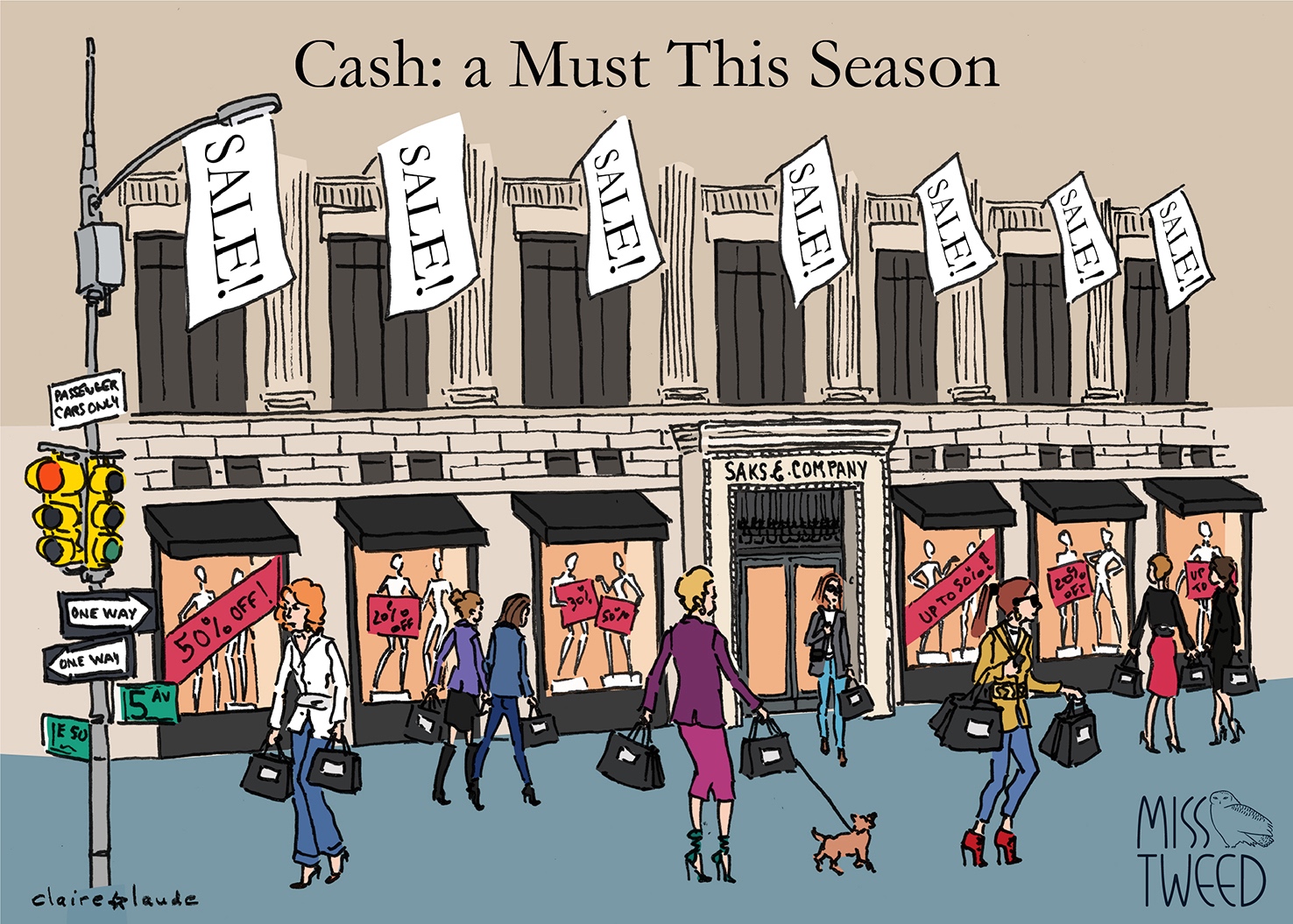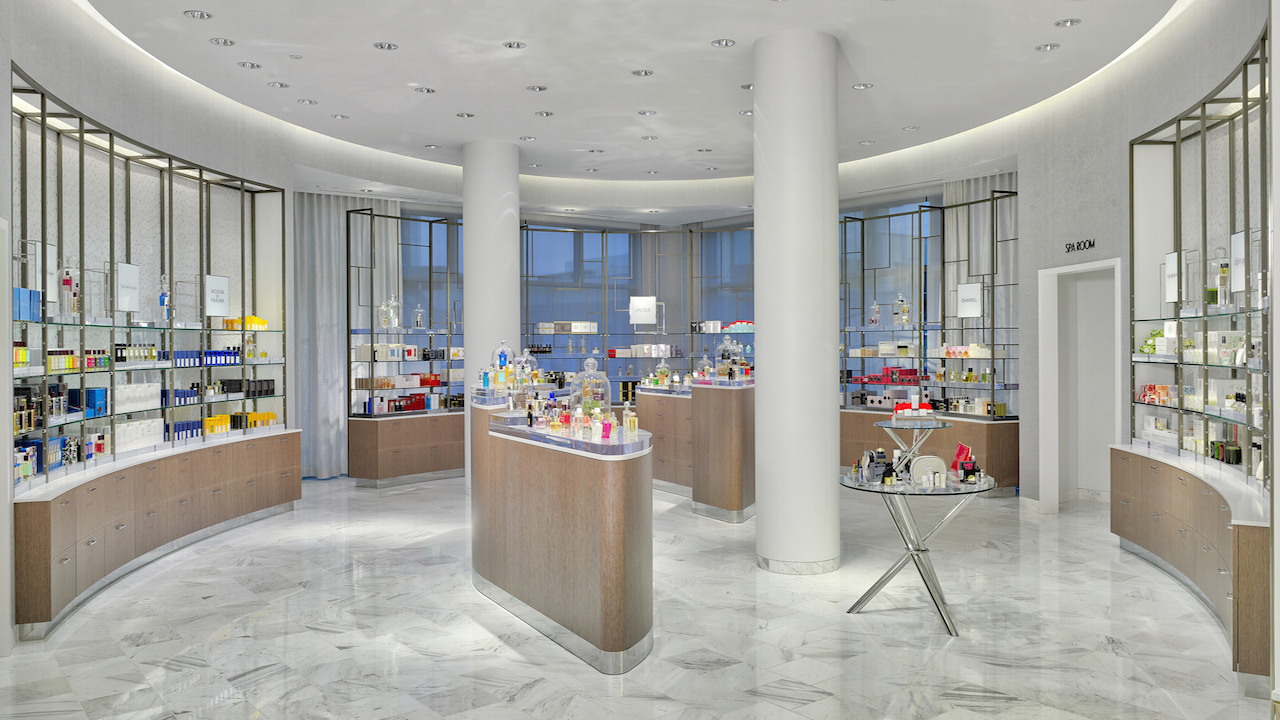Market Impact

Saks buys neiman marcus – Saks’ acquisition of Neiman Marcus is a significant event that will have far-reaching implications for the luxury retail industry. The combined entity will create a formidable player with a dominant market share, potentially reshaping the competitive landscape and altering consumer shopping habits.
Saks, the iconic department store, has acquired its long-time rival Neiman Marcus in a groundbreaking deal that has sent shockwaves through the retail industry. This strategic move marks a significant consolidation within the luxury sector and is expected to reshape the landscape of high-end shopping.
As Saks expands its reach, customers can anticipate an even more exclusive and curated shopping experience at its stores and online. For more details on this major acquisition, visit saks buying neiman marcus.
Competitive Landscape
The acquisition will intensify competition in the luxury retail sector. Saks and Neiman Marcus have traditionally been direct rivals, and their merger will create a powerhouse with a significantly larger footprint and enhanced buying power. This could lead to increased price wars and promotional activities as the combined entity seeks to gain market share.
The acquisition of Neiman Marcus by Saks, a notable event in the retail landscape, brings to mind the iconic Saks Fifth Avenue. This flagship store, synonymous with luxury and elegance, has been a beloved destination for discerning shoppers for decades.
As Saks expands its empire, the synergies between these two retail giants promise to create a formidable force in the world of fashion and retail.
Market Share
The merger will result in a substantial increase in market share for Saks. According to industry estimates, the combined entity will control approximately 25% of the luxury retail market in the United States, giving it a significant advantage over its competitors.
Consumer Impact
Consumers may experience both positive and negative effects from the acquisition. On the one hand, the combined entity may offer a wider selection of products and services, as well as enhanced loyalty programs. On the other hand, the increased market concentration could lead to higher prices and reduced competition.
Financial Implications
The financial aspects of the Saks-Neiman Marcus merger have significant implications for both companies. The deal, valued at approximately $2.2 billion, involves Saks acquiring Neiman Marcus Group, which includes the Neiman Marcus, Bergdorf Goodman, and Last Call brands.
The acquisition is expected to create a luxury retail powerhouse with combined annual sales of over $9 billion. The combined company will have a strong presence in key markets across the United States, including New York City, Beverly Hills, and San Francisco.
Purchase Price and Financing
Saks is financing the acquisition through a combination of debt and equity. The company has secured a $1.25 billion loan from a consortium of banks, and it will also issue new shares of stock to Neiman Marcus shareholders.
The purchase price of $2.2 billion represents a premium of approximately 25% over Neiman Marcus’s current market capitalization. However, Saks believes that the acquisition will be accretive to its earnings per share within the first year.
Potential Synergies and Cost-Saving Opportunities, Saks buys neiman marcus
Saks expects to achieve significant cost savings through the merger. The company plans to consolidate back-office operations, streamline inventory management, and reduce marketing expenses.
In addition, Saks believes that the merger will create opportunities for revenue growth. The combined company will have a larger customer base, and it will be able to offer a wider range of products and services.
Impact on the Combined Company’s Revenue, Profitability, and Cash Flow
The merger is expected to have a positive impact on the combined company’s revenue, profitability, and cash flow. Saks expects the acquisition to generate $100 million in annual cost savings within the first three years.
In addition, the merger is expected to boost the combined company’s revenue growth. Saks believes that the combined company will be able to grow revenue by 3-5% per year, compared to 2-3% per year for the industry as a whole.
Strategic Considerations: Saks Buys Neiman Marcus

The acquisition of Neiman Marcus by Saks is a strategic move that aligns with Saks’ long-term growth strategy and provides several opportunities for the combined company.
Rationale for Acquisition
- Expansion of luxury market share: Neiman Marcus is a well-established luxury retailer with a loyal customer base, particularly in the Southern and Western United States. The acquisition allows Saks to expand its reach into these markets and increase its share of the luxury retail sector.
- Enhanced brand portfolio: Neiman Marcus brings a distinct brand identity and loyal customer base to Saks. The combined company will have a broader portfolio of brands and a stronger presence in different segments of the luxury market.
- Cost synergies: The acquisition is expected to generate cost synergies through the consolidation of operations, streamlining of supply chains, and optimization of store networks.
- Improved customer experience: By combining the strengths of both companies, Saks aims to provide a seamless and enhanced customer experience across all channels, including in-store, online, and mobile.
Potential Opportunities and Challenges
While the acquisition presents significant opportunities, it also comes with potential challenges that the combined company will need to address.
- Integration challenges: Merging two large retail organizations can be complex and time-consuming. The company will need to carefully manage the integration process to minimize disruption and ensure a smooth transition.
- Market competition: The luxury retail sector is highly competitive, with both established players and emerging brands. The combined company will need to differentiate itself and maintain its competitive edge in the face of increasing competition.
- Economic headwinds: The global economic environment can impact consumer spending and affect the luxury retail sector. The combined company will need to be prepared to navigate potential economic challenges.